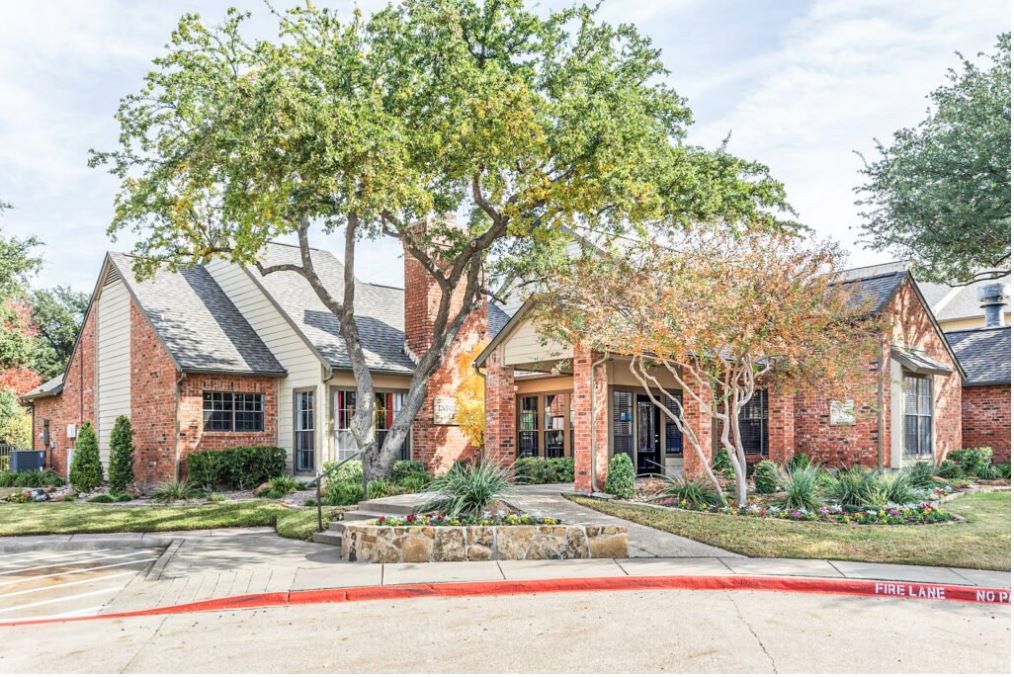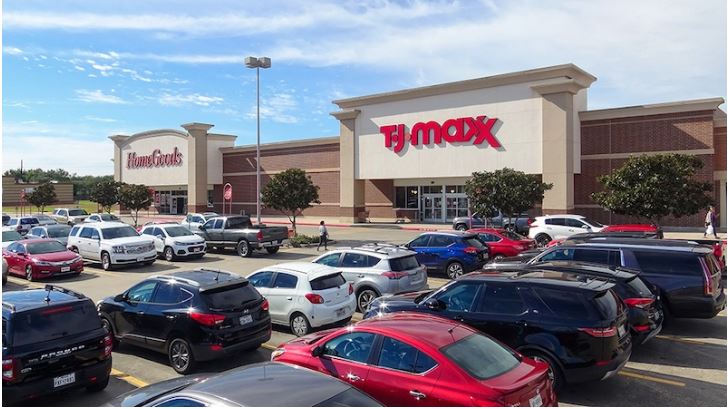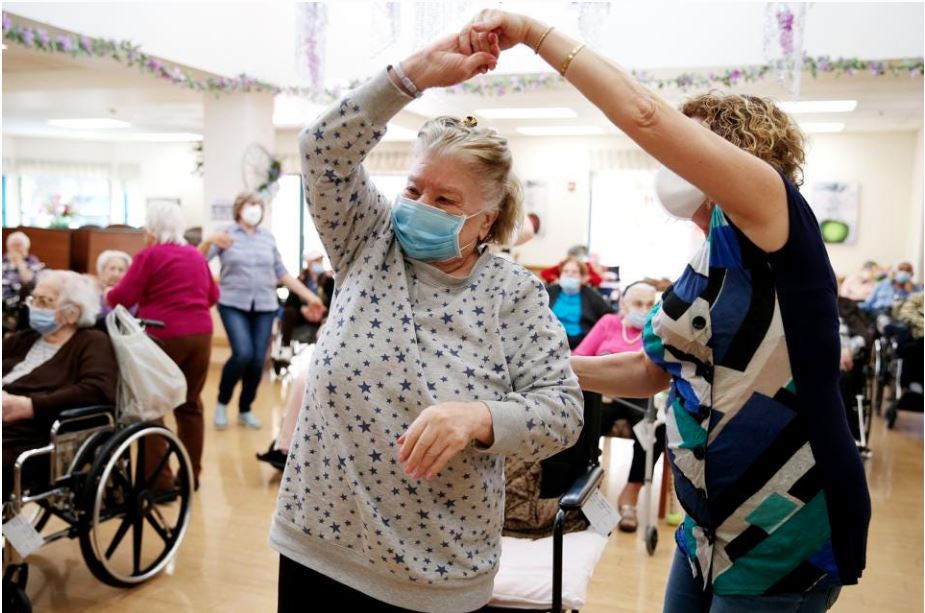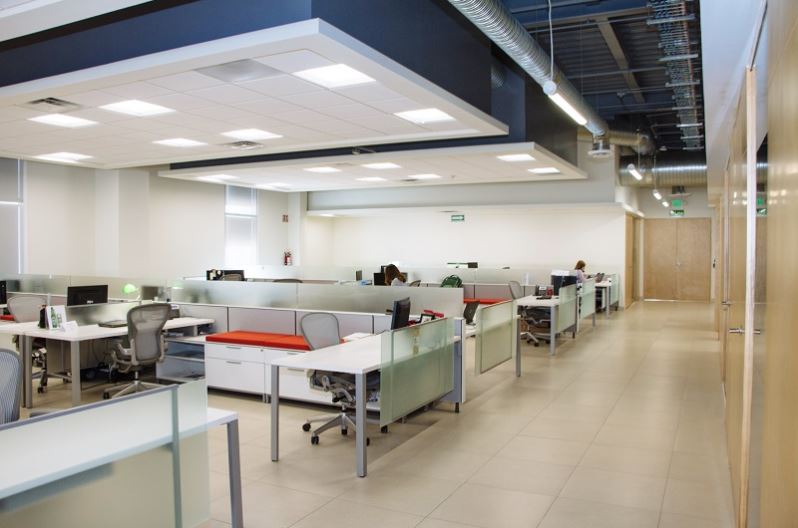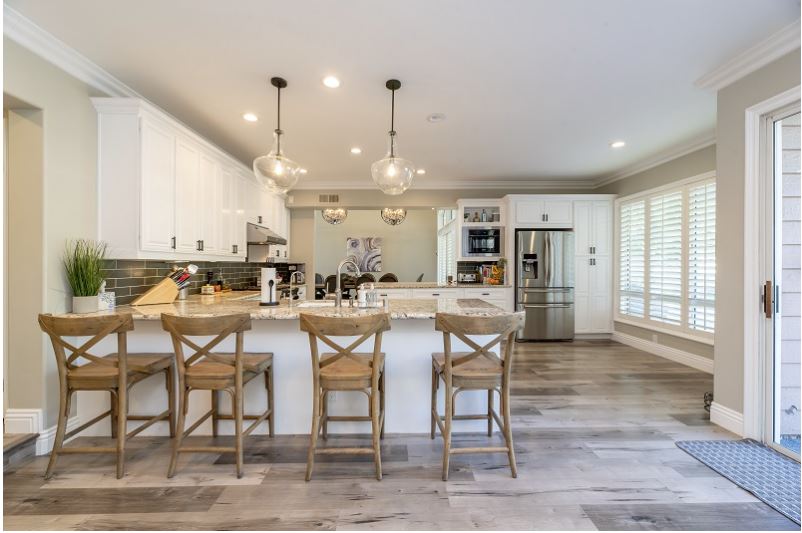Dallas-based national multifamily investor, S2 Capital has added 14 properties to its portfolio that spans both Dallas-Fort Worth and Houston—totaling 4,455 units with a total of 11 properties based here in North Texas.
According to Real Capital Analytics, S2 Capital is now the No. 1 most active buyer of multifamily in Dallas-Fort Worth in the past five years with its latest acquisition.
Each of the 14 properties was built between 1979 and 1987, and S2 has already begun planning renovations for the exterior and interior of each asset. In an attempt to “offer current and prospective residents an enhanced community experience,” some of the exterior renovations will include enhanced pools, fitness centers, leasing offices, clubhouses, and fresh paint and siding. Similarly, it plans to give each interior a facelift with new flooring, countertops, kitchen and shower tile, light fixtures, hardware, and appliances.
Scott Everett, founder and CEO of S2, told D CEO: “We believe DFW is now the best multifamily investment market in the country. You have to be bullish about a market with record in-migration, a business-friendly climate, household income growth, manageable inventory levels, and strong housing demand. We are very excited about the future of Dallas.” Click to read more at www.dmagazine.com.




